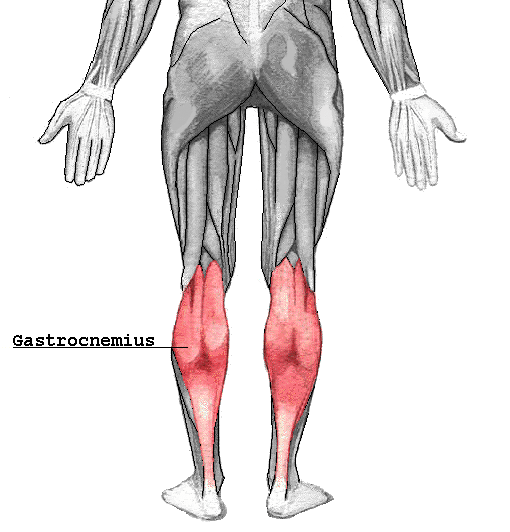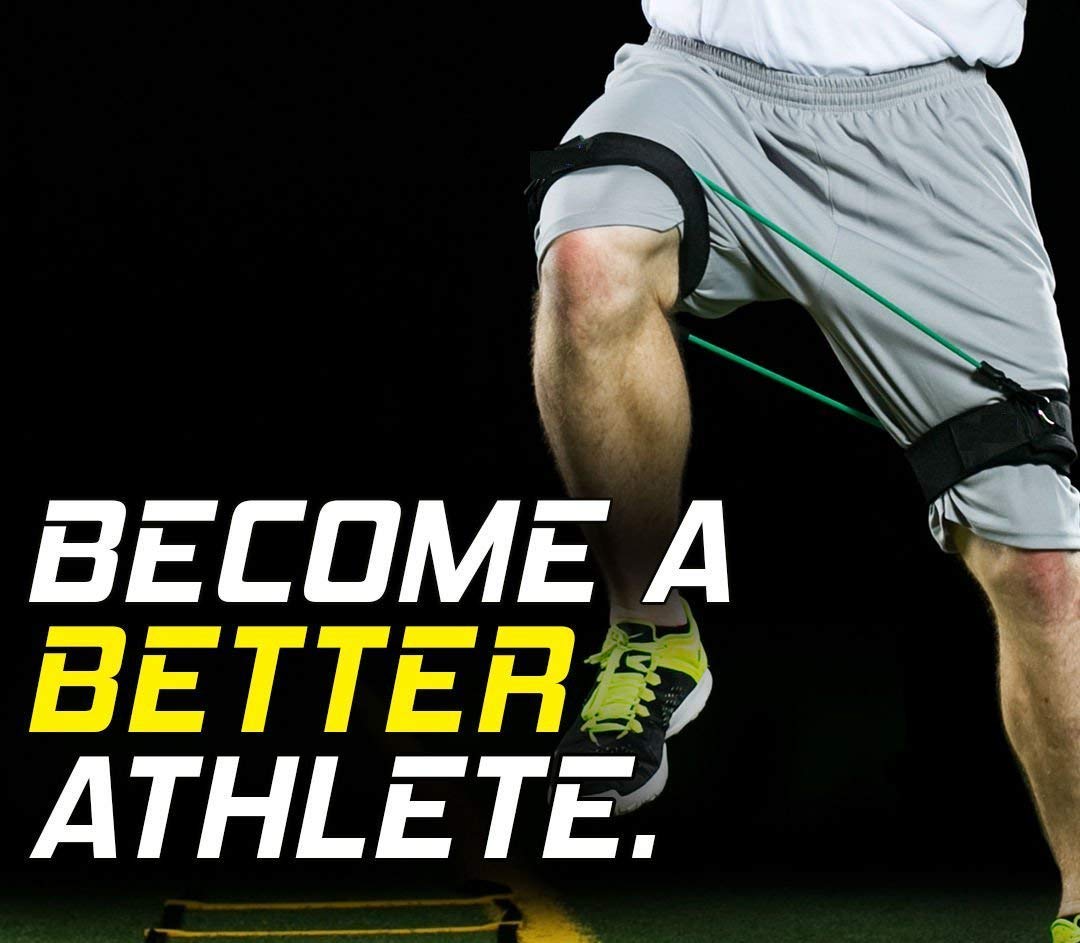Jumping high is an important skill to develop for all athletes, especially basketball players. Developing those muscles and doing the right exercises can help add inches to your vertical.
Basketball players can jump high because of their power on the ground, which helps them propel high in the air. To generate power, basketball players should lift weights to strengthen their muscles.
We often see players like Michael Jordan, Lebron James, or Russell Westbrook fly high above the rim. Let’s find out how basketball players jump high.
How Basketball Players Jump High In The Air
Jumping high in the air requires a strong base and proper technique. The poor jumping technique can cause you to lose inches off your vertical. This is the difference between grabbing a rebound and missing out on a rebound.
Power from jumping is generated from the ground up. Loading up your lower half and generating enough force off the ground to leap high in the air is how we can disconnect ourselves from gravity.
To generate power from the ground, we need to have strong legs. Strong upper bodies are great to move players out of the way with our arms. However, jumping requires a strong lower half and powerful lower extremities.
What Muscles Are Used To Jump High In Basketball?
We need to learn what muscle groups contribute directly to jumping high in the air to jump higher. To start from the bottom, the calves, quadricepses (quads), hamstring, and glute muscles are the core muscles when jumping.
Again, we want to emphasize the visualization that your body must put force into the ground and push off of it, using these muscles to jump higher.
Calf Muscles
Let’s start with the Calf Muscle. The calf muscle is the closest to the ground out of the four muscles we mentioned. See the image below to identify the calf muscle and this article for an in-depth look at the calf muscle.

Training the calf muscle is extremely tough. It doesn’t account for a large portion of the jumping power, but it does play a small significant role. One way to help improve the calf muscle is to use jump soles.
Jump soles are attachments to your shoes that can focus all the weight on the big toe and calf muscle, helping them grow with repetition.
Hamstrings/Quads/Glutes
These muscles are the powerhouse muscles of the legs. They help generate almost all the force put into the ground.
As Livestrong mentions, the gluteus maximums and hamstrings are hip extensor muscles extending the hip when you stand straight. When you point your toes before leaving the ground, you perform a motion known as plantar flexion.
This requires the calf muscles, gastrocnemius, and soleus to come into play. Training these muscles is crucial for athletes who run faster and significantly jump higher.
Exercises To Help Jump Higher In Basketball
Now that we understand the muscle groups, let’s train these muscles to be as strong as possible. The exercises below can be done in your living room or a gym. If you’re looking to build muscle, weight must be added to challenge the strength of each muscle.
Squats
Squatting is one of the best, if not the best, lifts to help improve your vertical jump. It involved every muscle in your body, on top of building a strong core.
We recommend air squats and focusing on the perfect form before putting a barbell on your back. This will save you from injuries from improper depth or not poor weight balance.
Deadlifts
Deadlifts have become insanely popular over the years. What seemed to be primarily a competition lift, deadlifts are an excellent lift for building glutes, hamstring, and hip muscles.
Like the squats, we recommend focusing on extremely lightweight before performing these lifts. The poor form could result in lower back injuries, which may be long-term.
Lunges
Generating lower body power requires pushing and exploding from certain angles and positions, not just straight up and down.
The forward lunge helps generate force with your hamstrings and glutes but pushes backward.
Adding weight to your hands by using dumbbells is a great way to build strength for these muscles. Again, we cannot stress the importance of proper form!
Tools To Help Increase Your Vertical Jump
Ankle & Hip Resistance bands

Similar to how we want to increase our speed training using resistance bands, they can be used to train vertical jumping. These resistance bands attach to a custom belt and an ankle strap.
The bands lockout, and you push off the ground and start to ascend vertically. Adjust the bands to your size/strength for maximum use. These bands are relatively cheap compared to the jump soles and can be a great tool to build your jumping foundation.
Thigh Resistance Bands

These resistance bands attach to the thigh and are great for leg drive. These bands will help develop glutes, hamstrings, and thigh muscles if you’re sprinting or working a stationary leg exercise.
Attach the adjustable strap to each thing, connect the resistance cord, and start working out. These bands are super easy to use and complement strength training and/or using the hip/ankle bands above.
Conclusion
Vertical jumping can be increased by training the muscles that help drive force into the ground.
Training these muscles through resistance and good form will help them grow and improve your overall vertical. Start training today to have your muscles ready to go when basketball season hits!
